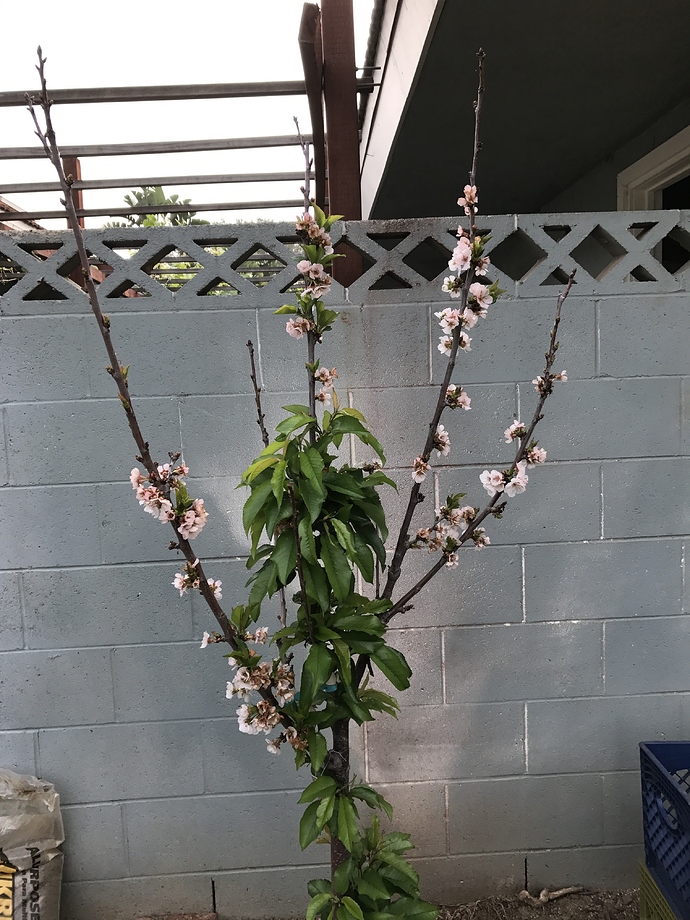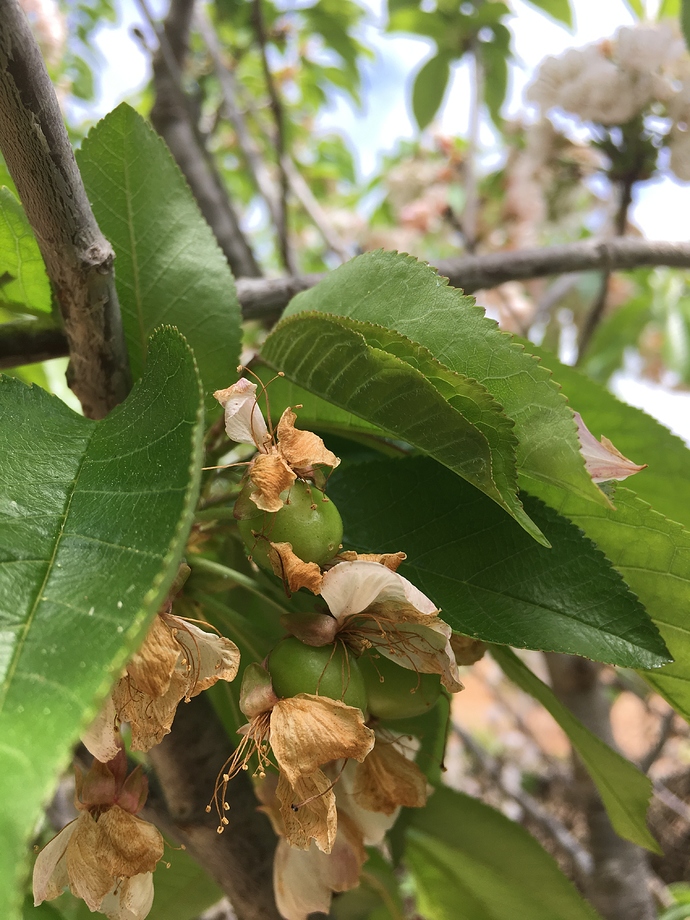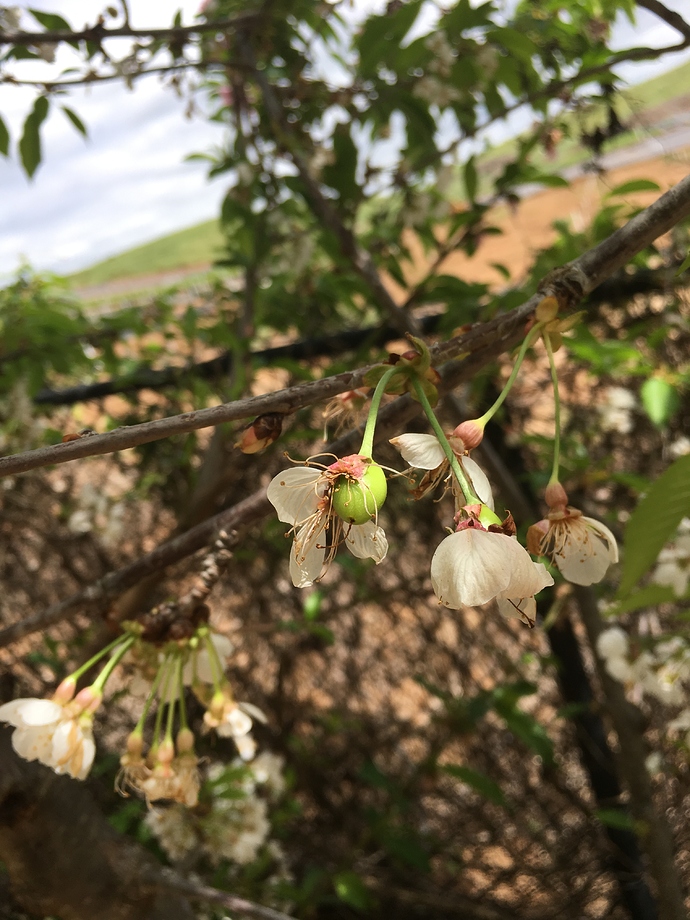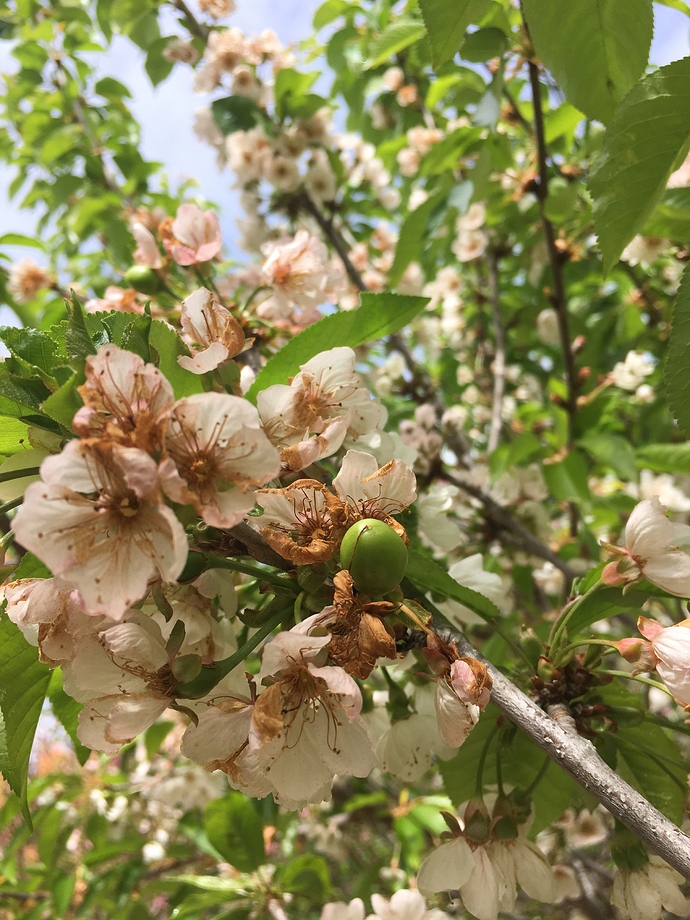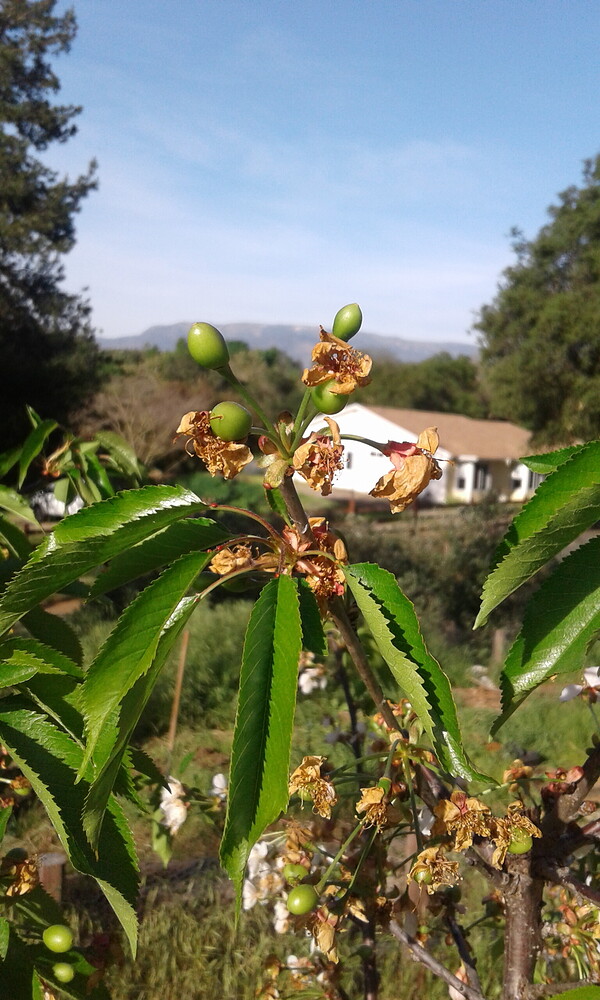What portions of the blue spectrum are necessary? I believe the plastics used for greenhouse film are pretty transparent over the visible spectrum and transparency only goes down significantly once you move further into the UV. I don’t know what plastic fruitnut uses though.
It is primary for nearly all fruiting plants.
I was concerned about glass.
That’s something I’ve thought about but not something easily changed. Cherries do bloom much better outside. The apricot and pluot issue which seems related occurs both in the greenhouse and outside.
I’m probably going to give it the old college try once again next yr and lengthen my chill cycle while cooling down both fall and spring. That’s not what my figs want and it will cost more to operate. But just one yr to say I figured it out might be worth the cost.
I’m not sure what you mean by this. Do you mean blue light? I was asking what wavelength range is necessary. I didn’t think the plastics used in greenhouse coverings are that opaque in the “blue” wavelengths but could be wrong about that. The clear plastic films I’ve worked with (not for gardening applications though) don’t have a huge drop in transmission until the UV range.
I don’t have experience with plastic films. My concern is with glass, where there is a known problem for production from plants but not such an issue with ornamental plant starts. Due to climate, I have always been able to get by with 30% shade cloth for protection from wind and rain.
If I’m not mistaken, that’s an average spectrum of daylight and not what plants actually need, right? Regardless, most clear glass and plastic are fairly transparent to about 350 nm. Are there studies that show growing under plastic or glass causes problems related to lack of blue light? I know growing under some artificial lighting can cause problems since some have low amounts of light in the blue range.
@fruitnut, have you been able to eliminate light deficiency as a source of the problem? Would it be possible to grow one of the problem cultivars outdoors in a container during the growing season and then move it into the greenhouse to go through your compressed chilling cycle?
I’ve had sweet cherries, apricots, pluots, and nectarines in pots. At times they were outdoors but generally not for most of the growing season. But that’s an excellent suggestion if I really want to figure this out. Sweet cherries would be the best candidate. I could get that new low chill self fertile, a high chill self fertile, and Bing which is high chill needing cross pollination. Have them in a pot vs in ground in greenhouse. I could also include Orangered apricot because of it’s high quality and blooming issues.
My feeling is it isn’t a light quantity issue. But I don’t have a good reason to say that.
Be careful not to confuse Chlorophyll response with plant response – the latter provided by 6500 black body curve.
No. I speak from laboratory measurements and journal publications – not internet references.
Yes, under glass a textbook problem.
Because originally, grow lights were produced in northern Europe as outdoor supplements to blue-rich daylight and the industry then began marketing the same lights for use indoors; e.g. for cannabis growers. Only recently the distributors began understanding that 6500 Kelvin color temperature was ideal for many crops – although indoor production of lettuces and greens is a noticeable exception.
Can you provide the references? I do a lot of spectroscopy in a scientific lab and base this on my own experience, not Internet references. I haven’t had much issue with clear glass or plastic absorbing a lot in the visible range.
For glass, the issue is reflection, not absorption or refraction.
Off the top of my head, you can begin with most college sophomore textbooks in Physics (e.g. Lerner) and continue through ElectroOptics texts such as Wangsness.
Weekly update, photos taken early 3/18/2017. My main Royal Lee tree winding down the bloom period. Tried a bit of hand pollinating from the early Minnie Royal blooms, but I didn’t appear to be getting much pollen from the ML flowers. ML is getting more active and the RL branch on ML appears to be getting close as well. So it does look like that tree has some cross pollination potential. The ML branch on RL isn’t too close to flowering.
There’s been some good discussion around cherry pollination and these new low chill cherries – reminds me how I’ve barely scratched the surface of things to learn around this hobby. But these trees seem to have a mind of their own.
Royal Lee…
Closer Royal Lee…
Royal Lee branch on Minnie Royal tree (the graft starts from the circled white paint on the lower left of the picture and splits into two branches a few inches above)…
When I have a chance, I’ll post up some photos of my MR and RL fruit set. Went out to check and it again, looks like I’m going to have very good set. I would say at least 50 to 70%. So, hoping that the fruit will stay and not abort. The early fruits look better and different this year: darker green and rounder. So, I am crossing my fingers I have some cherries this year. I believe this will be year 6 or 7 in the ground, I didn’t annotate the year I planted them on my spread sheet, but I think they went into the ground spring of 2010.
Mine were producing more cherries than we could handle after 4 years in the ground in western Rancho Penasquitos which was very borderline 9b/10a.
Patty, I’m thinking your location is 10a/10b? If so, your expectation of better performance after 6/7 years in the ground is about right?
Yup, zone 10b/23. But, with significant (relatively speaking for our general area I should add) CH due to being in this little valley microclimate and at nearly 1,000 ft. elevation. I sure hope so, Richard, thanks for the encouraging words. The few cherries I have been able to get off these two trees were really quite good. I’m a bit of a cherry snob, and I was very surprised at how good they were. I also did not feel like MR was less good than RL, either.
Patty S.
Oh yes I agree. They are meaty, flavorful. My understanding is that they are a Rainer “type”. So in that flavor category, I found few at the CA Cherry tasting two years ago that compared to what I and other SD County dooryard growers had produced.
Okay, so here are some photos of my cherry set this season. It looks better and more promising than last season:
Very nice Patty. Fingers crossed that they continue strong. Doesn’t look like anything for me this year, but you give me hope for the future!
How are your cherries coming Patty? Hope you are getting ready to harvest some fruit in a few weeks. Nothing on my end this year, but Tom Spellman gave me some hope last night. Hopefully Crimson Royal and another year or two in the ground will lead to some cherries for me!
My cherries are doing great — I netted them last week – b/c I don’t want to share any w/ the birds. The Minnie Royals are approaching harvest time. The fruit on MR is staggered out in ripening – I have some that are still solid green and some that are ready to pick now. This is bad for a commercial variety, but fine for a backyard tree, perhaps preferable since most probably don’t want to deal with a whole bunch of fruit on the same day. The RL’s are all at the same stage of ripeness (still green) and are behind MR. I’ll post up some pictures. So far I’m quite happy with the results – I hope everyone get’s better luck with these trees in the future. Eric Amadio (@amadioranch) has been trying for several years to get fruit.
